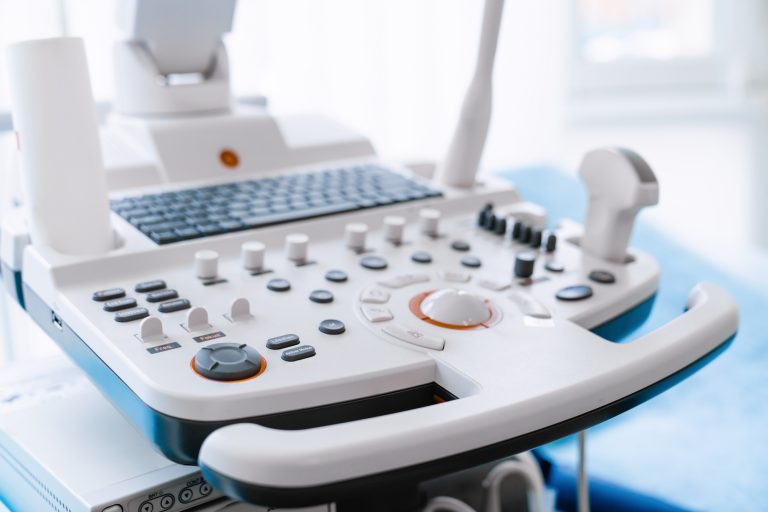The term “brain CT” might sound high-tech, but it’s a practical tool making a difference worldwide. Short for computed tomography, a brain CT uses X-rays to craft detailed images of what’s inside your head. If you’ve been battling relentless headaches, had a fall, or suspect something like a stroke, your doctor might suggest this scan. It’s not as routine as a chest X-ray, but in hospitals everywhere—from bustling cities to quieter towns—it’s a key way to pinpoint what’s going wrong up there.
The experience is pretty straightforward, even if it feels a bit odd at first. You lie on a sliding bed that moves into a large, ring-shaped machine. It buzzes and clicks as it captures a series of pictures, slicing through your brain layer by layer. In some places, you’ll find older, noisier machines; in others, sleek, modern ones do the job quietly. It takes 10 to 20 minutes, and all you need to do is lie still—no pain involved. The technician might even crack a joke or explain what’s happening to ease your nerves.
What makes a brain CT so valuable is its ability to reveal the unseen. It can detect bleeding, swelling, or growths like tumors—problems that hide behind vague symptoms like dizziness or confusion. Whether it’s a young person with seizures after an accident or an older adult with sudden memory lapses, this scan cuts through the guesswork. The downside? It’s not always cheap, with prices varying widely depending on where you are—sometimes affordable, sometimes a stretch. But when it’s a matter of catching something serious early, the cost often feels justified.
Availability can be tricky too. Big hospitals in urban areas usually have CT machines, but smaller clinics or remote spots might not. You could face travel, waiting times, or even technical hiccups like power outages in some regions. Still, when the scan gets done, results typically arrive within a day or two, handing your doctor a clear picture to work with. It’s not flawless—radiation’s a small risk, and not every facility has the latest gear—but it’s a powerful step toward the right treatment.
Ultimately, a brain CT is more than just a medical test; it’s a way to solve mysteries that other methods can’t touch. From kids with unexplained fits to adults facing sudden changes, it offers clarity when you need it most. If something feels off, don’t hesitate to ask your doctor about it. Cost and access might challenge you, but the hidden value of a brain CT lies in its power to turn uncertainty into action, wherever you are in the world.






